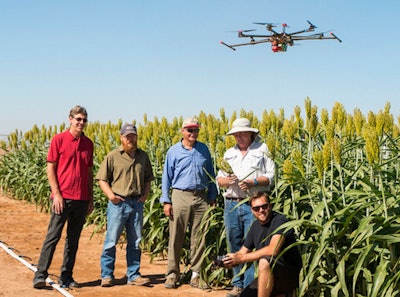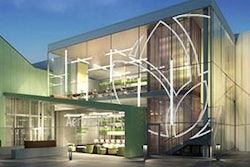
EDITOR'S NOTE: This post is part of the Science Tuesday feature series on the USDA blog.
Just like a smartphone helps users learn, communicate and make important decisions, smart technology—known as precision agriculture—helps farmers know and apply critical information about the right investments in fertilizer, seed, pesticide and water needed to produce their crops. Through new technologies, farmers produce more efficiently and see an increase in profits while improving stewardship of ecosystems and local communities.
To talk about precision agriculture is to talk about mapping the amount of a crop grown per acre (yield) or the types of soils in a given area. It also includes the technology that automatically guides farm machines and controls variables like the rates of seeds, fertilizers or chemicals.
Known as “VRT,” variable rate technology is one of the most important components of precision agriculture simply because fertilizer or chemicals are applied only where and in the amount they are needed. Without VRT, a farmer fertilizes at an average rate across a field, so some areas of the field get too little fertilizer reducing yield, while other parts of the field get too much fertilizer, wasting money and potentially polluting nearby waterways.
While soil and yield mapping have been a standard method for determining the amount of fertilizer needed, new sensing systems are providing an alternative and more flexible method for determining inputs. Back in the 1990’s, USDA-funded researchers at Oklahoma State University studied the problem of how to measure the amount of the common fertilizer nitrogen needed in a field.
To read the full blog post, click here.



















